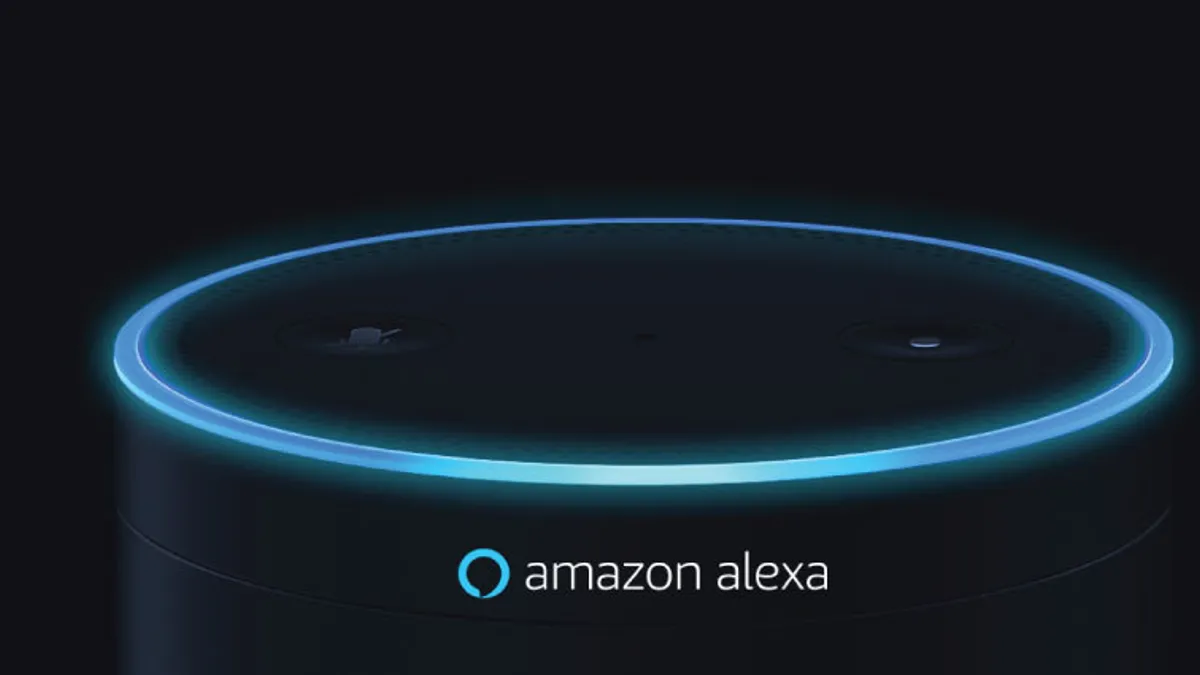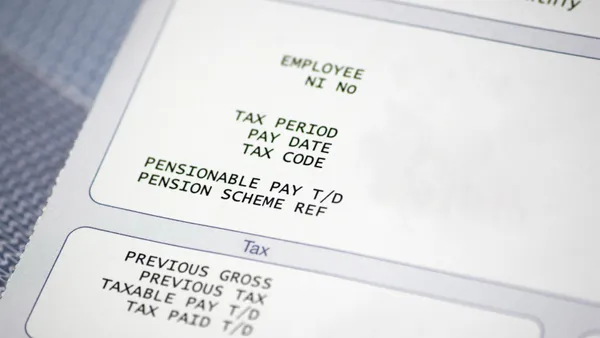Dive Brief:
- Amazon announced "Alexa for Business" Thursday, intended to automate remedial tasks like scheduling, conferences and to access various applications like Salesforce, according to a company announcement. The virtual assistant is capable of connecting with Microsoft Exchange, Office 365 and Google's G Suite.
- The implication of moving Alexa to the enterprise means enlarging the scale in which it adds and stores data. Ideally, companies will eventually be able to create "private" skills custom to their company with the Alexa Skills Kit and Alexa for Business APIs.
- Alexa for Business is meant to eliminate the time employees spend setting up a meeting, securing a room and entering credentials before a conference. Eventually, voice controls may eliminate the need for keyboards and remote controls, according to Werner Vogels, CTO at Amazon, reports Business Insider.
Dive Insight:
The virtual assistant is primarily used by consumers but the pressure to transition into the workplace is one felt by not only Amazon, but also by its competitors, Microsoft and Google.
Companies like Box already use Alexa to digitally schedule and manage conferences. Taking the time to schedule meetings often eats into productivity and Alexa's implementation has since bettered employee experience.
Alexa proved to have more than 15,000 skills in July, but its competitors are a little behind. During the same period, Google Home only had 378 "voice apps" while Microsoft's Cortana had 65. Admittedly, one-fourth of Alexa's skills are simply informational retrieval skills, like citing pieces of news from publications.
However, Google Home may be the smartest of the virtual assistants because it is able to answer almost 70% of questions with 90% accuracy. By comparison, Alexa was only able to answer about one-fourth of questions but with 87% accuracy. Cortana answered a little more than half of its questions with about 82% accuracy.
Despite the competition in the market, Alexa and Cortana partnered up in August, enabling Echo devices and Windows 10 devices to communicate. More collaborations are expected especially for enterprise customers that use more than one software, service or cloud provider.















